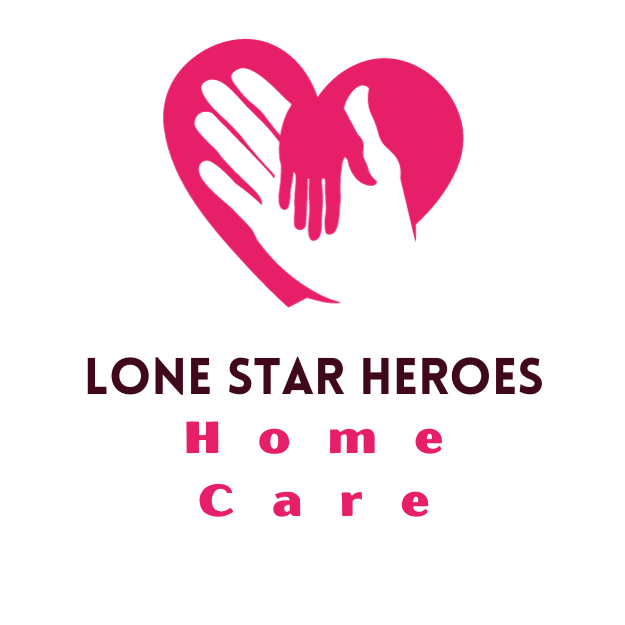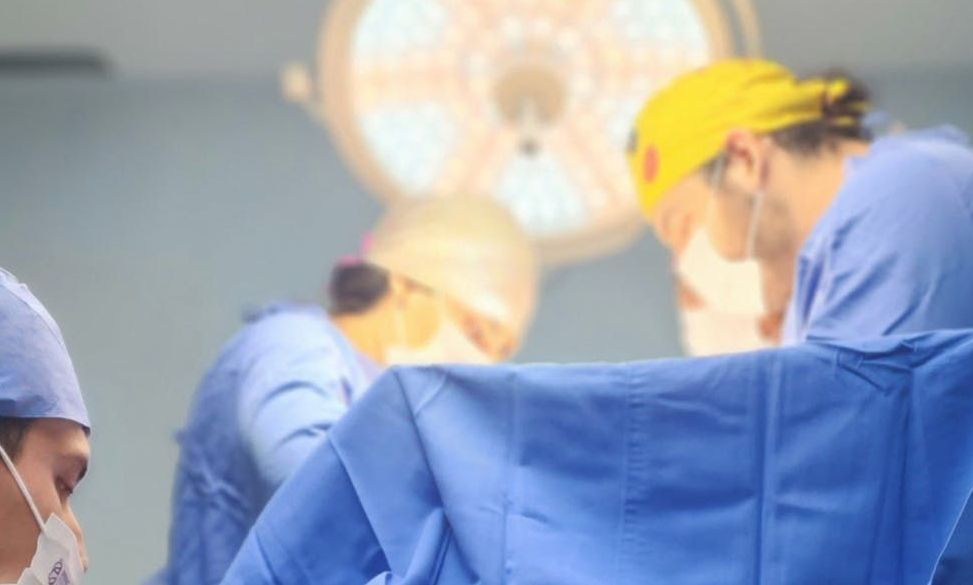Laparoscopic Cholecystectomy: A Comprehensive Guide
Laparoscopic cholecystectomy, a minimally invasive surgical procedure, is performed to remove the gallbladder, typically due to gallstones or inflammation. This procedure is favored for its reduced recovery time and minimal scarring compared to traditional open surgery. Here, we provide an overview of the procedure, outline the typical recovery timeline, and offer essential post-operative care tips.
Procedure Overview
Laparoscopic cholecystectomy involves making several small incisions in the abdomen through which a laparoscope (a thin tube with a camera) and surgical instruments are inserted. The surgeon inflates the abdomen with carbon dioxide gas to create a working space and better visualize the organs. Guided by the camera, the surgeon detaches the gallbladder from the liver and bile ducts, then removes it through one of the incisions. The incisions are then closed with sutures or surgical glue. This entire process usually takes about one to two hours.
Typical Recovery Timeline
Recovery from a laparoscopic cholecystectomy is generally quicker than from open surgery. Most patients can go home the same day or after an overnight stay. Here’s a typical recovery timeline:
1.First 24 hours: Patients may experience grogginess from anesthesia and mild discomfort at the incision sites. Walking around a bit on the same day of surgery is encouraged to promote circulation.
2.First week: Light activities are allowed, but heavy lifting and strenuous activities should be avoided. Pain and soreness are manageable with prescribed medications.
3.Two to four weeks: Most patients can resume normal activities, including returning to work, provided their job does not involve heavy physical labor. Full recovery and return to vigorous activities usually occur by the fourth to sixth week post-surgery.
Specific Post-Operative Care Tips
Wound Care and Pain Management
1.
Wound Care: Keep the incision sites clean and dry. Wash hands thoroughly before touching the areas. The dressings applied during surgery should be kept on for the first 48 hours or as instructed by the surgeon. After this, the wounds can be gently washed with mild soap and water. Avoid submerging the wounds in water, such as during baths or swimming, until they are fully healed.
2. Pain Management: Mild to moderate pain and discomfort around the incision sites are common. Pain can be managed with over-the-counter pain relievers like acetaminophen or prescribed medications. Applying ice packs wrapped in a cloth to the painful areas can also help reduce swelling and discomfort.
Dietary Adjustments
Post-surgery, it’s essential to make temporary dietary adjustments to ease the digestive process:
1. First Few Days: Start with a clear liquid diet (broth, gelatin, clear juices) and gradually introduce bland, easy-to-digest foods like toast, rice, and bananas.
2. First Few Weeks: Avoid fatty, greasy, and spicy foods which can strain the digestive system. Gradually reintroduce fiber-rich foods to help regulate bowel movements, as anesthesia and reduced activity can sometimes lead to constipation.
3.
Long-Term: Most patients can return to their regular diet within a month. However, it’s beneficial to maintain a balanced diet rich in fruits, vegetables, lean proteins, and whole grains.
Activity Restrictions
1.
First Week: Light walking is encouraged to prevent blood clots. Avoid lifting anything heavier than 10 pounds and any strenuous activities that could strain the abdominal muscles.
2.
Two to Four Weeks: Gradually increase physical activity as tolerated. Avoid high-impact exercises or activities involving heavy lifting until your surgeon gives the all-clear.
3.Four to Six Weeks: Most patients can resume all normal activities. Listen to your body and ease back into your regular exercise routine gradually.
Laparoscopic cholecystectomy offers a less invasive solution to gallbladder issues, with a quicker recovery and less post-operative discomfort compared to traditional surgery. By following proper post-operative care guidelines, including wound care, dietary adjustments, and activity restrictions, patients can ensure a smooth and swift recovery. Always consult with your healthcare provider for personalized advice and
follow-up home care.

